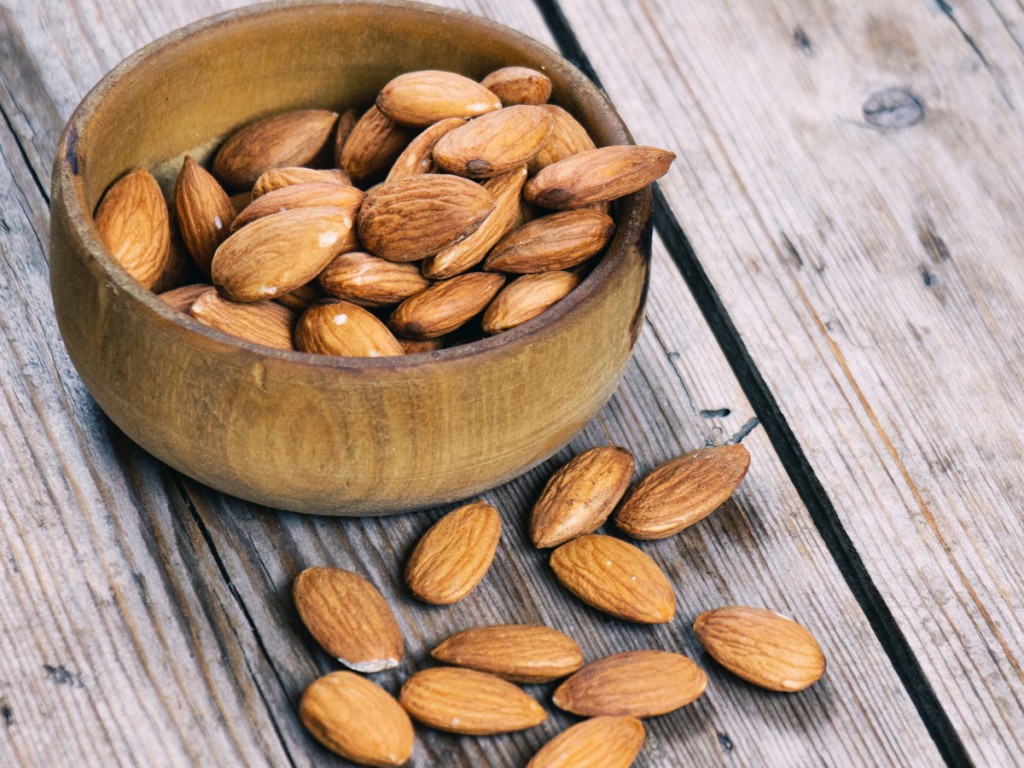Global Almond Industry Has Projected CAGR of More Than 7% Through 2028
Jun 24, 2019According to a report issued by Market.us in Jan 2019, the global almond industry is expected to experience a compound annual growth rate (CAGR) of 7.1% during the next eight years (through 2028). This growth is being brought about by rising worldwide demand as the commonly touted health benefits of almonds continue to increase the popularity of the milky and nutritious tree nut. The report segments the market into three main categories – kitchen ingredients (chopped, cut, or otherwise prepared almonds), direct edible (standard whole almonds), and food processing (for use in almond butter, milk, and other preparations).

California Farms are Growing 80% of the World’s Almonds
California is essentially the home of the almond revolution. The state’s almond farming industry is well-diversified, with more than 6,000 growers producing 100% of the commercial U.S. almond supply and more than 80% of worldwide almond production. In fact, Californian almonds are exported to more than 90 countries and account for roughly $6 billion in gross product annually. CPF AG is one example of a fast-growing almond farming company, which currently manages more than $10 million agricultural assets for its clients. Through agricultural investing firms like these, investors are able to easily pour funds into the almond market and receive desirable returns without being directly involved in the farming or distribution of the product.
Australia and Spain Getting in on the Market As Well
Across the south of Spain, there are hordes of farmers who have decided to replace some of their sunflower and wheat fields with almond orchards. The country is expected to produce more than 60,000 tons of almonds in 2019, which is a dramatic 15% increase over the previous year. Other than California and Spain, the only notable player in the global almond industry has been Australia, with a small concentration of farms producing thousands of tons annually in South Australia, NSW, and Victoria.
World Almond Production Has Doubled in the Last Decade
In 2008, the global production of almonds was at around 600,000 tons per year. That number has since doubled to more than 1.2 million tons and is quickly growing. The increased production has been brought about by a rising demand, which has driven up the crop’s wholesale price per kilo – a figure that has also more than doubled in the past five years alone. The continually rising prices and demand make almonds an ideal agricultural investment, so it’s likely that the crop will continue to gain popularity, as it offers the double-sided advantage of being both healthy for human consumption and profitable for investors.
Addressing the Water Usage Concern
One asterisk that has been looming over the almond industry is the fact that orchards can use quite a bit of water, and since the vast majority of them are located in California – a state that has its fair share of experience with droughts – restrictions and regulations have been implemented to introduce necessary limits on water usage. Fortunately, advancements in agricultural technology and irrigation systems are allowing the market to continue growing in a sustainable manner.
By Delicia Warren
About the Author: Delicia Warren is a freelance writer, passionate about the environment, organic farming and food production. An advocate for a holistic approach to the world’s problems, she has a particular interest in the small changes individuals can make to their lifestyle to minimize their environmental footprint.
© Copyright 1999–2024 American Journal of Transportation. All Rights Reserved

